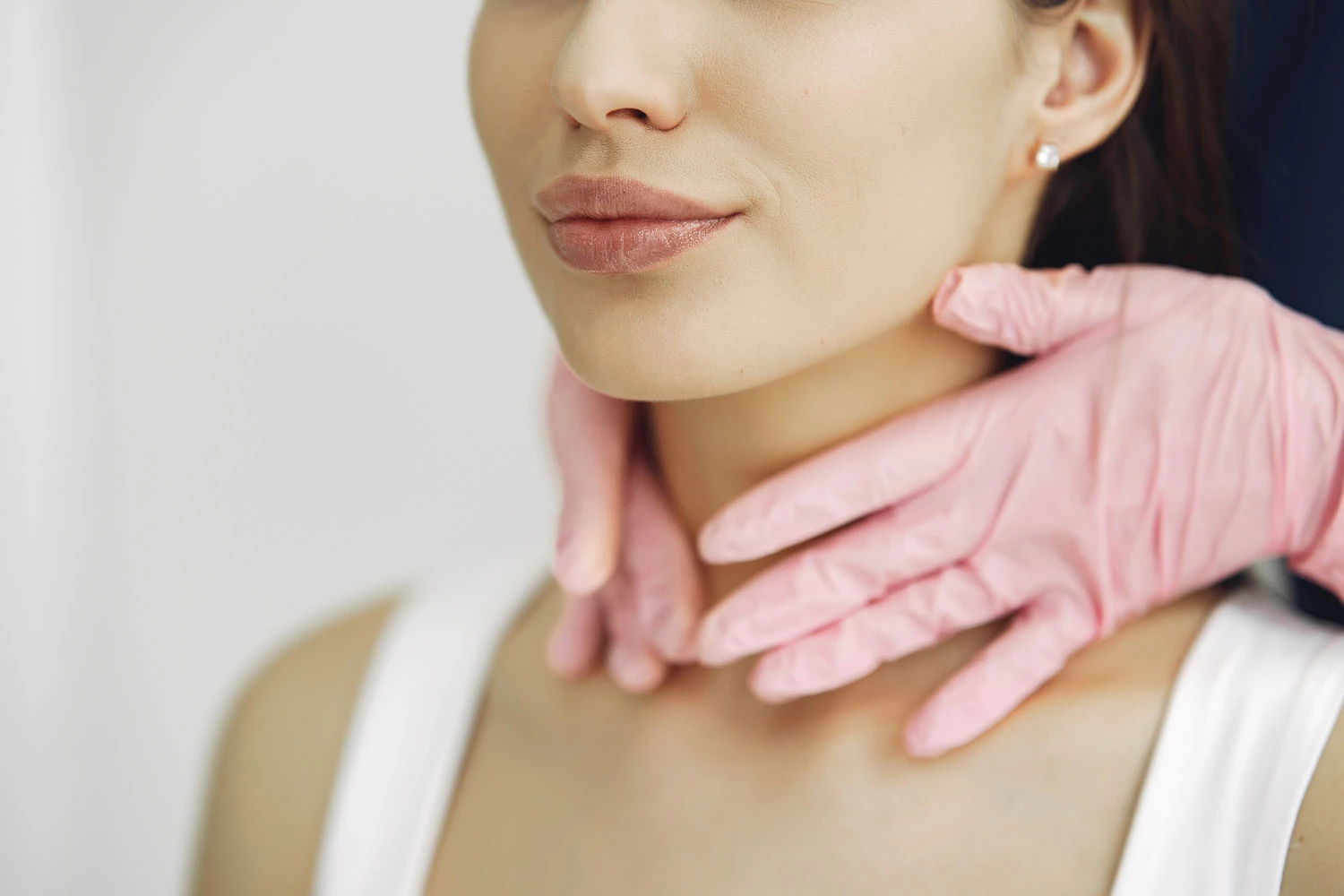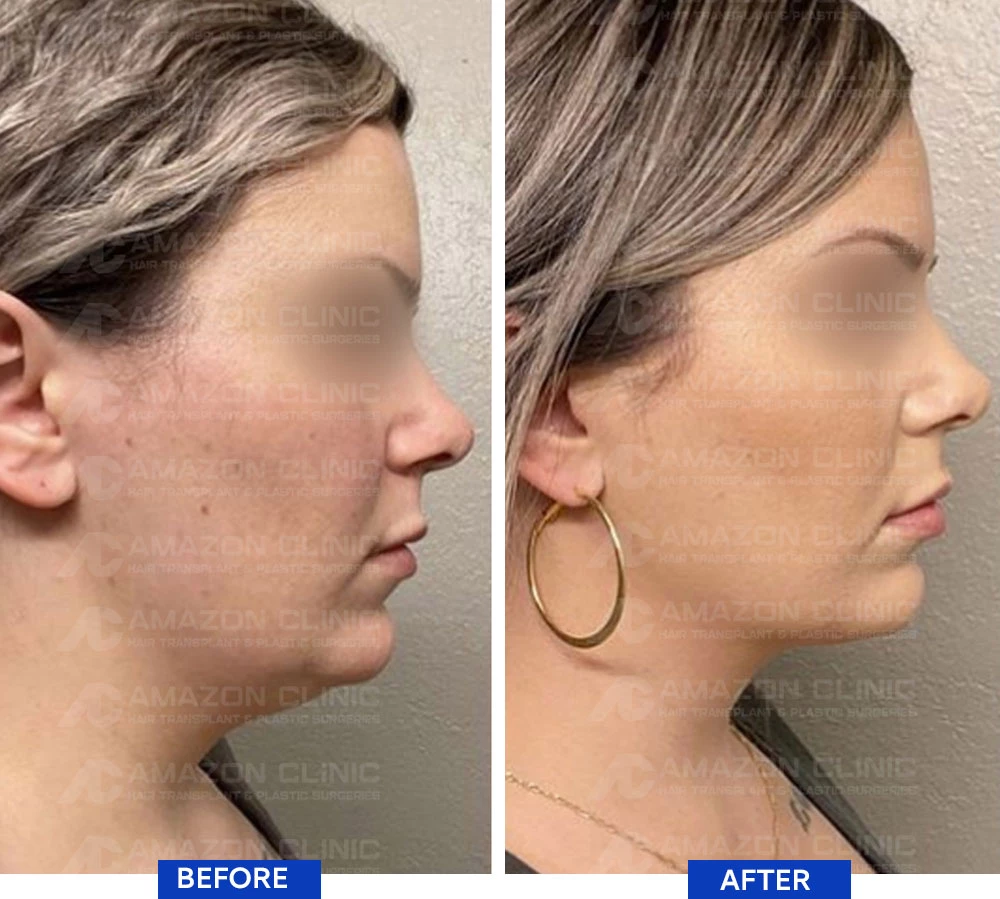Double chin, also known as "Double Chin," is a condition characterized by the accumulation of fat beneath the chin, resulting in the appearance of an extra layer of skin and fat under the chin, creating a double chin appearance. It is often caused by genetic factors, but it can also occur due to lack of exercise or an unhealthy diet.
There are several options available for treating double chin, including medical treatments, surgical procedures, and non-surgical cosmetic procedures such as laser, cooling, and ultrasound therapies. The appropriate treatment is chosen based on the patient's health condition and the extent to which it affects their comfort and aesthetic appearance.



